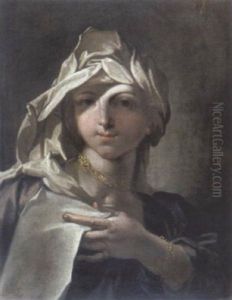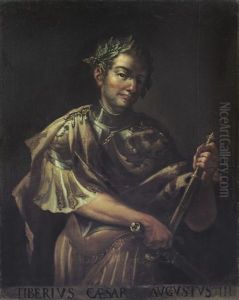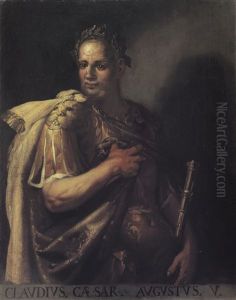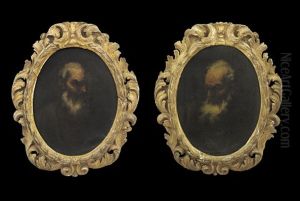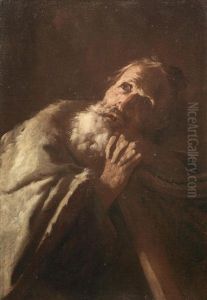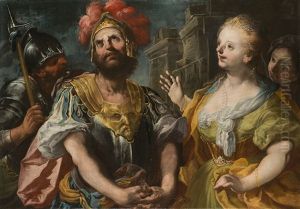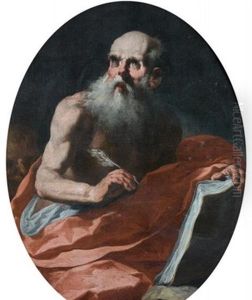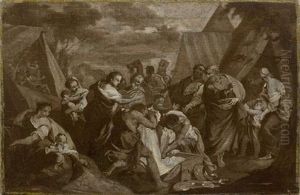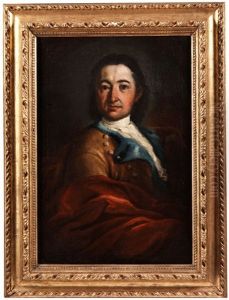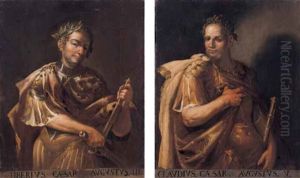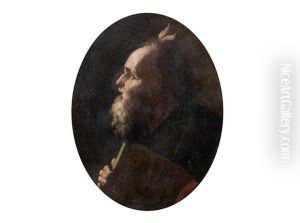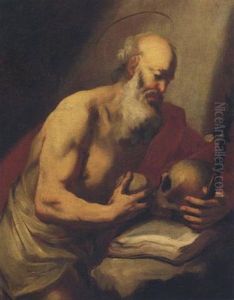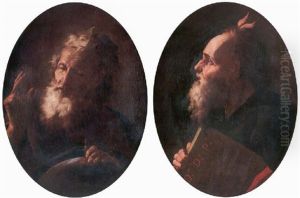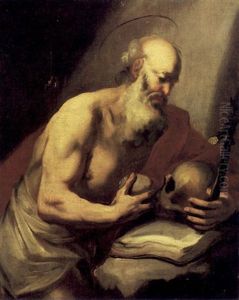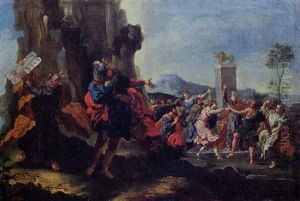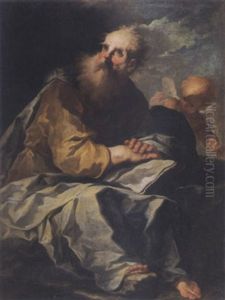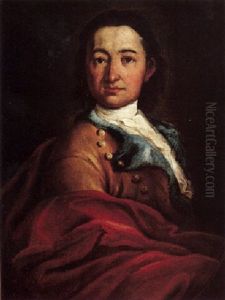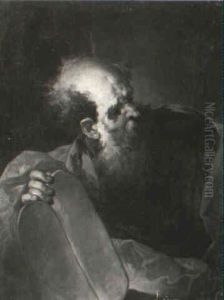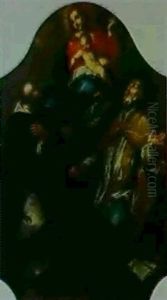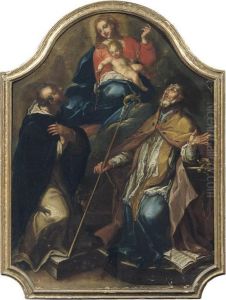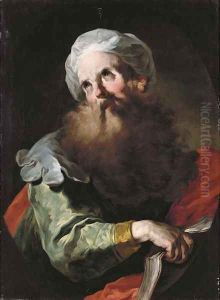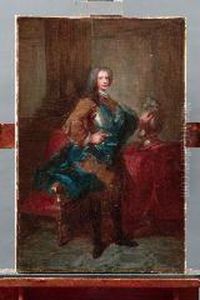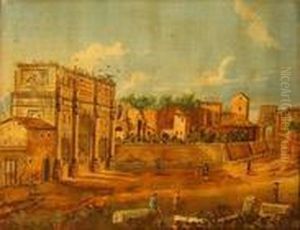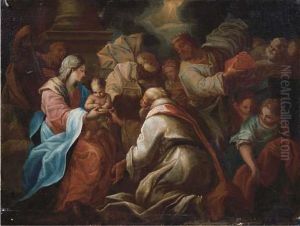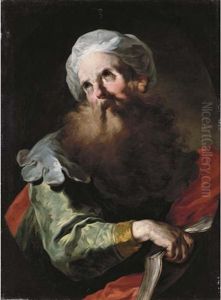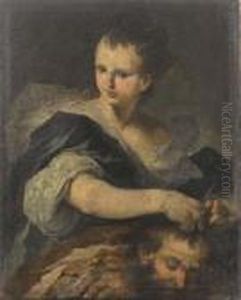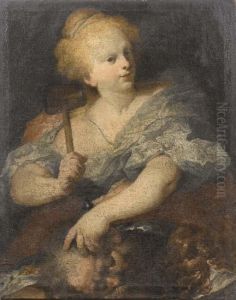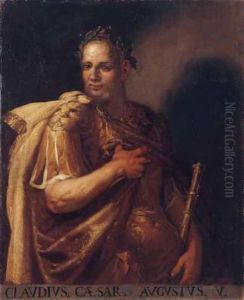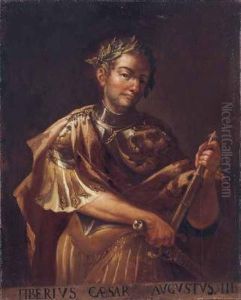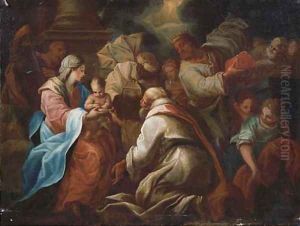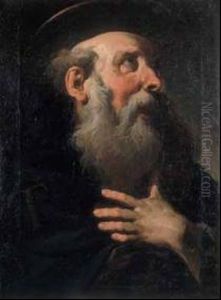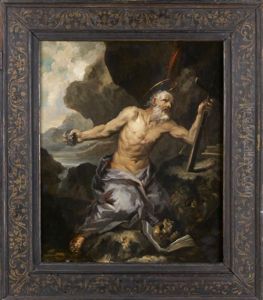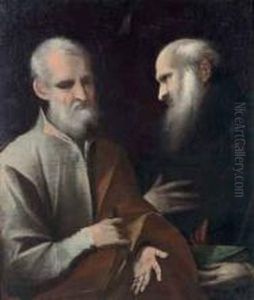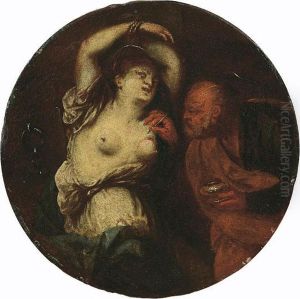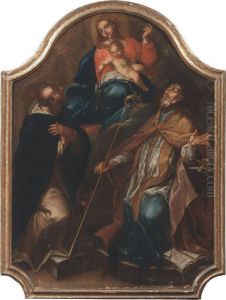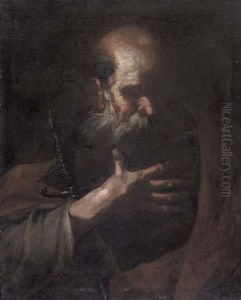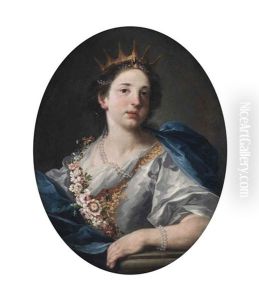Pietro Francesco Guala Paintings
Pietro Francesco Guala, born in 1698 in Casale Monferrato, Italy, was an Italian painter of the late Baroque period. Not widely known outside of Italy, Guala's contributions to art history are nonetheless significant, especially in the context of Piedmontese painting. His work is characterized by its religious themes, attention to detail, and the influence of the Baroque style, which was prominent during his lifetime.
Guala received his early training in his hometown before moving to Milan to further his studies. In Milan, he was influenced by the works of prominent Lombard painters, which helped shape his artistic style. His education in Milan was pivotal in developing his technique, especially in the handling of light and shadow, which became a hallmark of his paintings.
After establishing himself in Milan, Guala returned to Casale Monferrato, where he spent the majority of his career. He worked on various religious commissions, painting altarpieces and frescoes for churches in the region. His works are noted for their spiritual intensity and the emotional depth of their subjects. Guala's ability to convey complex religious narratives through his art made him a sought-after artist for ecclesiastical patrons.
Throughout his career, Pietro Francesco Guala also engaged in teaching, passing on his techniques and knowledge to a new generation of painters. This aspect of his work helped to sustain the Baroque tradition in the Piedmont area, influencing local art long after his death in 1757.
Guala's legacy, while not as widely recognized as that of his contemporaries, remains important in the study of Italian Baroque painting. His works can still be seen in churches and galleries in and around Casale Monferrato, serving as a testament to his skill and devotion to the art of painting. Despite the limited geographical scope of his fame, his contributions to the Baroque movement in Italy provide valuable insights into the regional variations of the style and its development during the 18th century.
